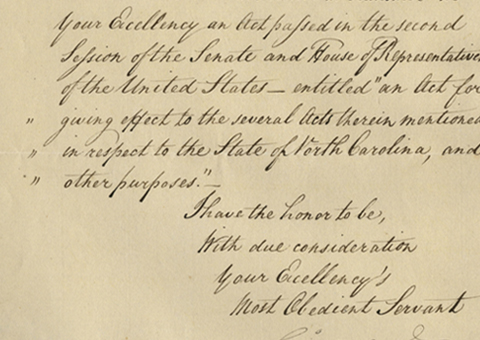Sold – Salmon Chase Rallies Opponents of the Compromise of 1850

Rallies anti-slavery forces in New York to defeat the plan.
The settlers who had flocked to California after the discovery of gold in 1848 adopted an antislavery state constitution on October 13, 1849 and applied for admission into the Union. At the same time this application was pending, it became necessary to form a territorial government for the remainder of the territory...
The settlers who had flocked to California after the discovery of gold in 1848 adopted an antislavery state constitution on October 13, 1849 and applied for admission into the Union. At the same time this application was pending, it became necessary to form a territorial government for the remainder of the territory acquired from Mexico, including that now occupied by Nevada and Utah, and parts of Wyoming, Colorado, Arizona and New Mexico.
The fundamental issue in all these regards was the admission of slavery into, or the exclusion of slavery from, this region. Congress met on December 3, 1849 to resolve these and other slavery-related problems. Neither North nor South was strong enough in both houses to carry out its own program, and a stalemate was the result. On January 29, however, Henry Clay presented the famous resolution which constituted the basis of the ultimate Compromise of 1850. His idea was to combine the more conservative elements of both sections in favor of a settlement which would concede the Southern view on some of the questions (like enactment of a fugitive slave law) and the Northern view on others (like admission of California as a free state).
Daniel Webster supported Clay’s plan in his great speech of March 7, although in doing so he alienated many of his former admirers. Leading the Southern opposition to the compromise after the March 31 death of John C. Calhoun was Jefferson Davis, while the Northern foes were led by William H. Seward and Salmon P. Chase. The latter men wanted the compromise package rejected and its elements taken separately, the goal being to obtain statehood for California while rejecting the other elements of Clay’s plan. Meanwhile, Southern proponents pressured Clay and other border state senators to skue the program in their direction.
Autograph Letter Signed, Washington, April 4, 1850, to John Van Buren, former congressman, New York anti-slavery political leader, and son of President Martin Van Buren. “Clay and Underwood, you will see, cave before the threats of the South. Only Benton stands firm, God bless him, for California by herself and first. Do act in New York &promptly! Have a meeting for California & freedom.”
Thus, in the face of strong currents favoring the compromise, Chase tries to rally anti-slavery forces in New York to defeat the plan, urging Van Buren to gain attention by holding a public meeting. Benton was Missouri Senator Thomas Hart Benton, an opponent of the spread of slavery whose stand was immortalized by John F. Kennedy in his Profiles in Courage. Whig Senator Joseph R. Underwood of Kentucky was, however, wavering under the pressure.

Frame, Display, Preserve
Each frame is custom constructed, using only proper museum archival materials. This includes:The finest frames, tailored to match the document you have chosen. These can period style, antiqued, gilded, wood, etc. Fabric mats, including silk and satin, as well as museum mat board with hand painted bevels. Attachment of the document to the matting to ensure its protection. This "hinging" is done according to archival standards. Protective "glass," or Tru Vue Optium Acrylic glazing, which is shatter resistant, 99% UV protective, and anti-reflective. You benefit from our decades of experience in designing and creating beautiful, compelling, and protective framed historical documents.
Learn more about our Framing Services






































































































